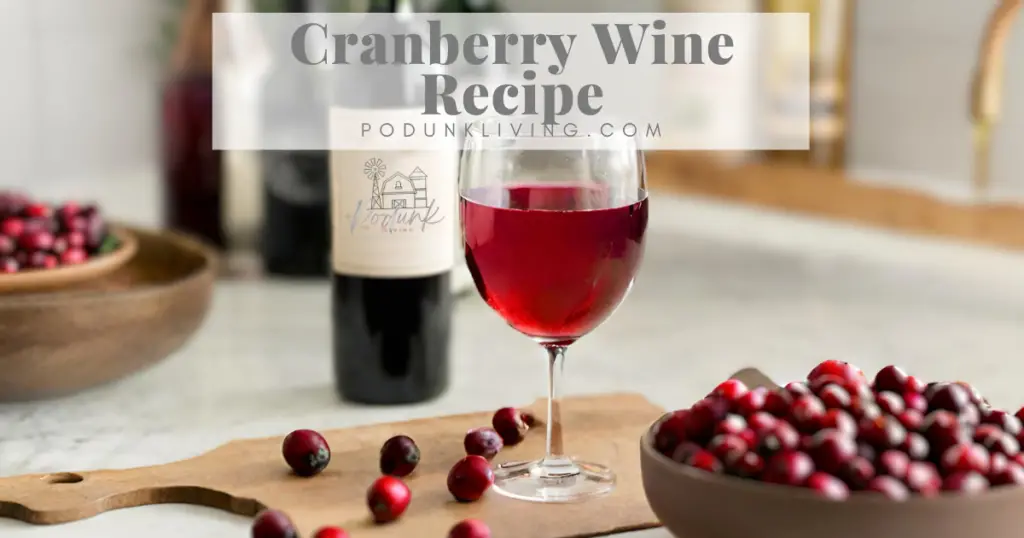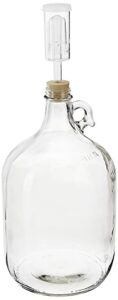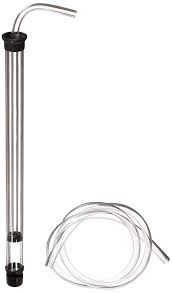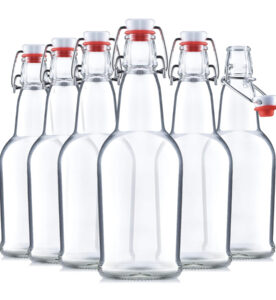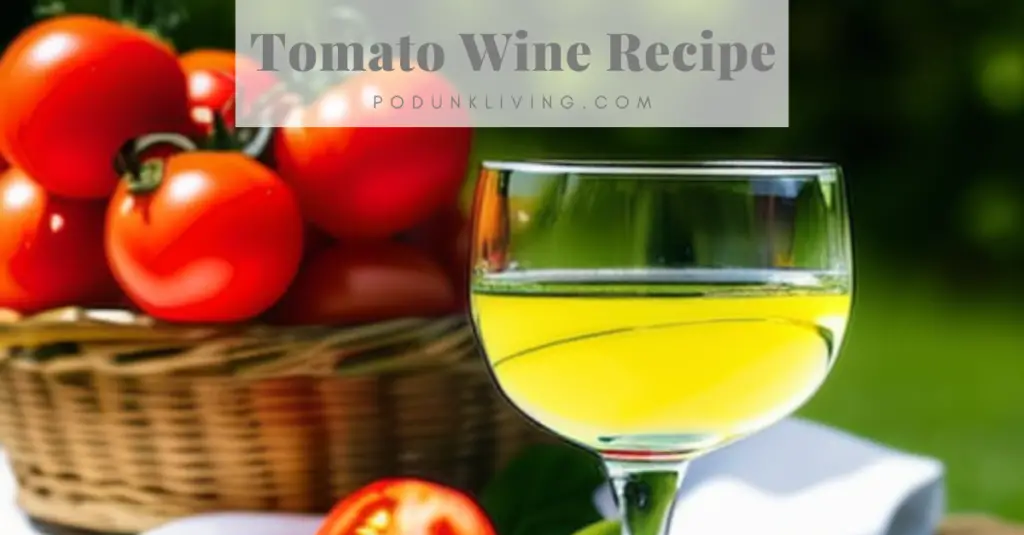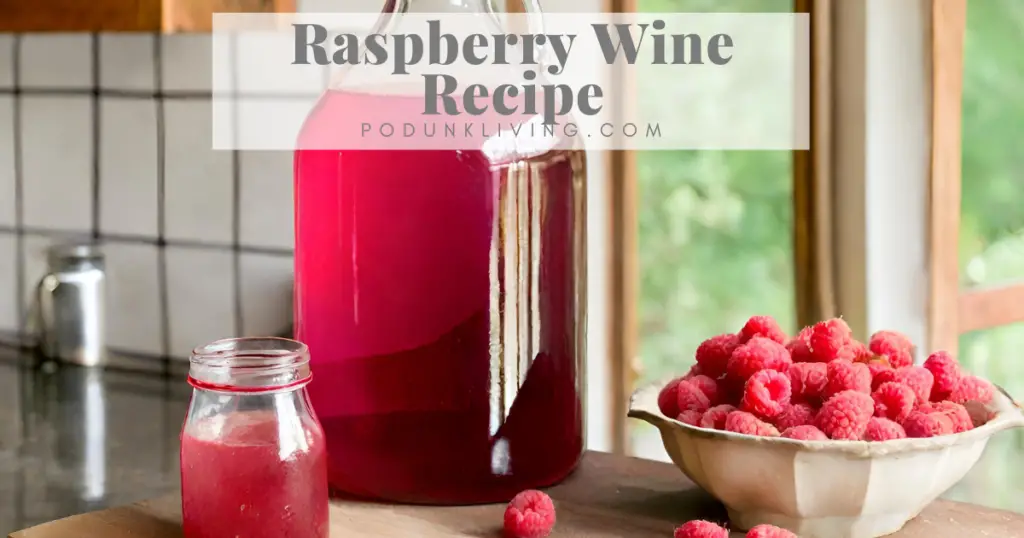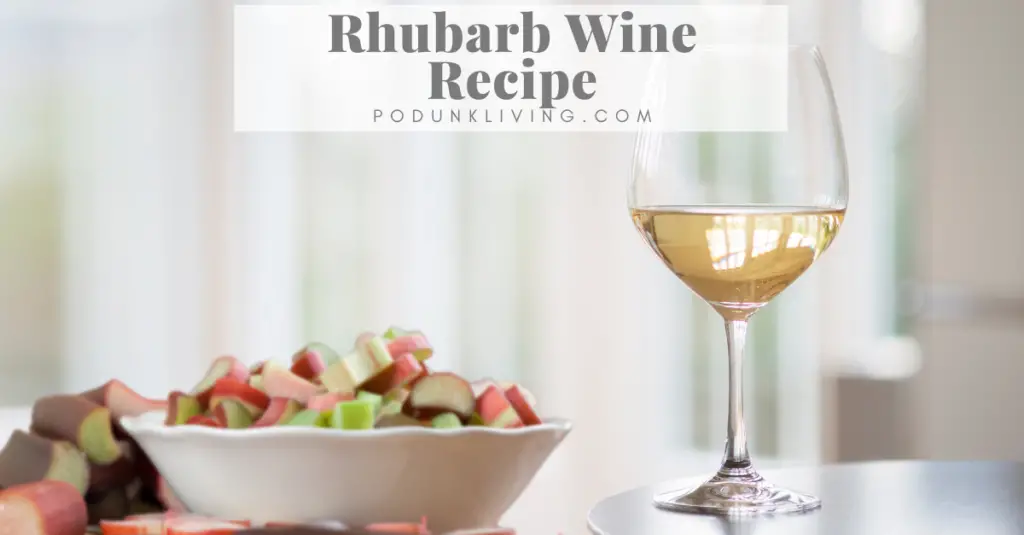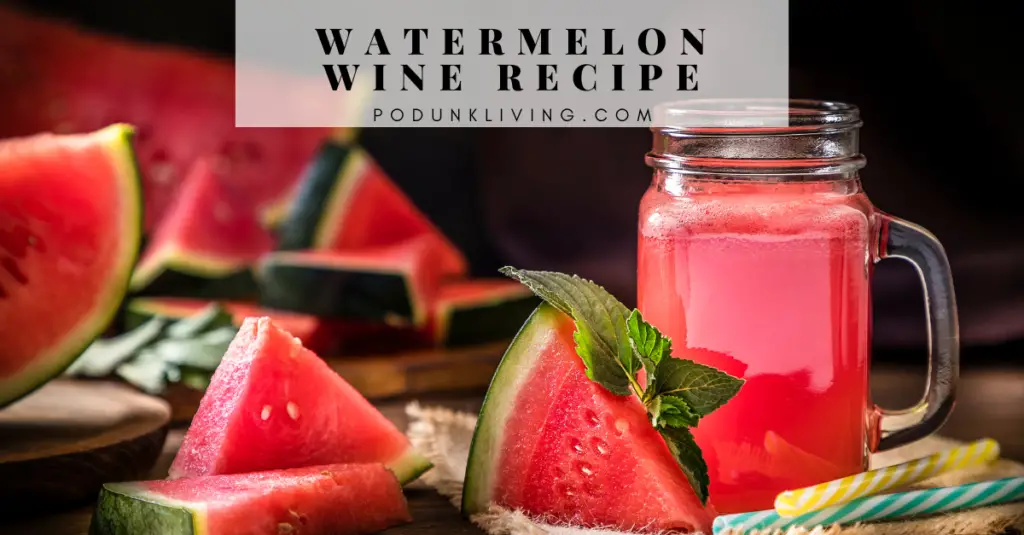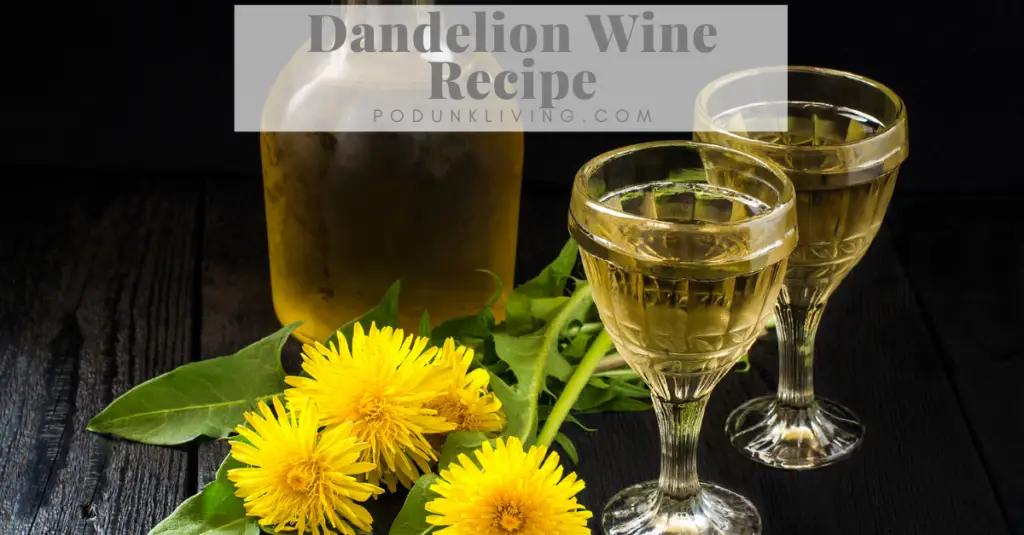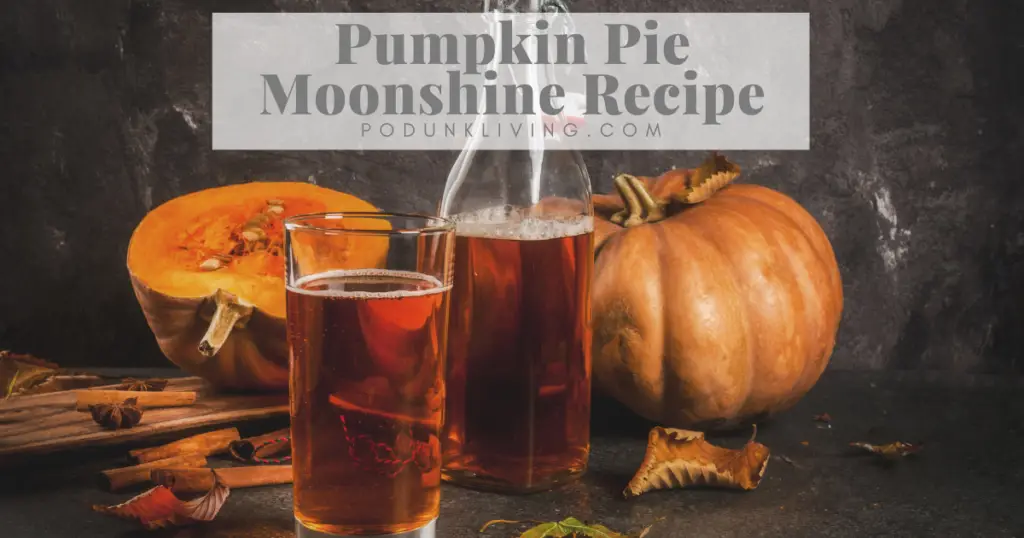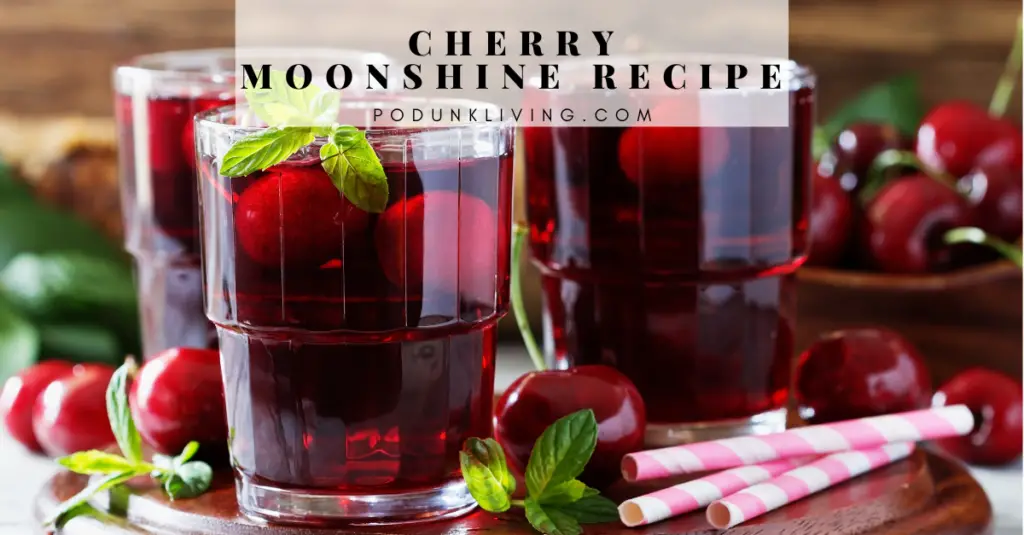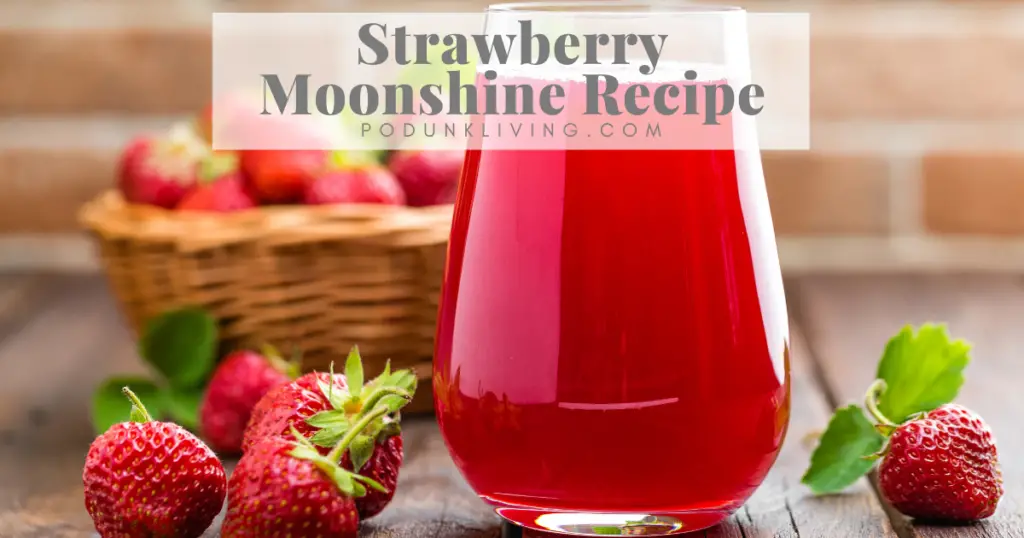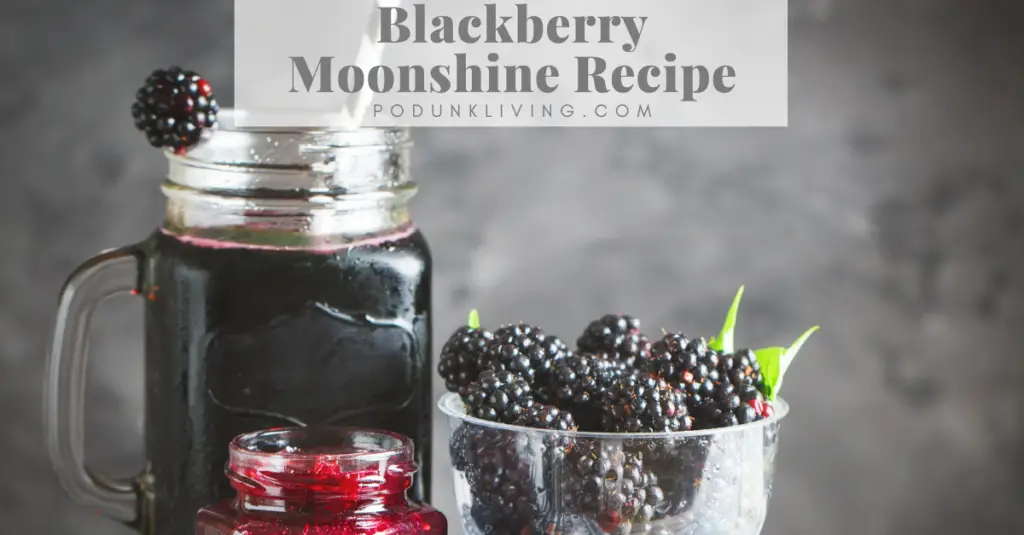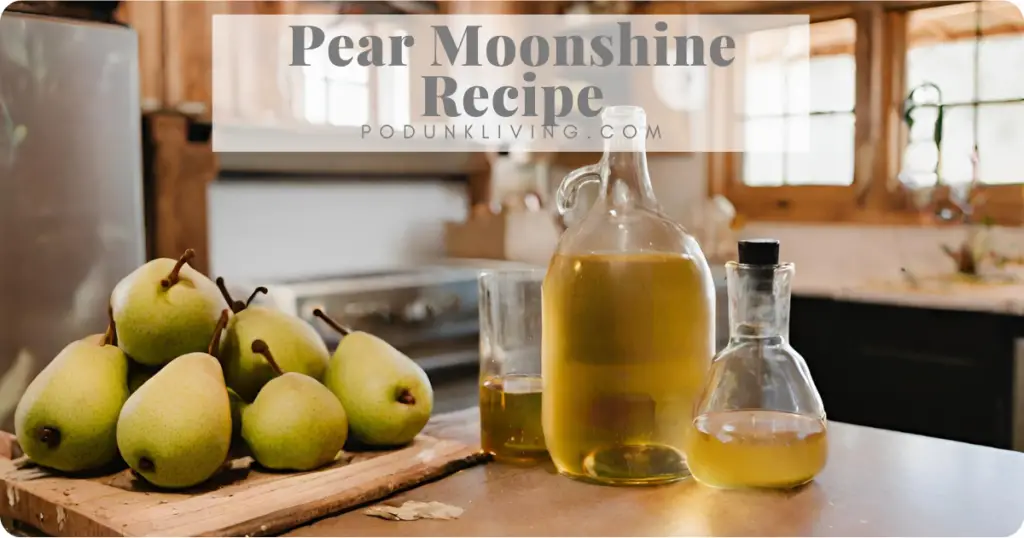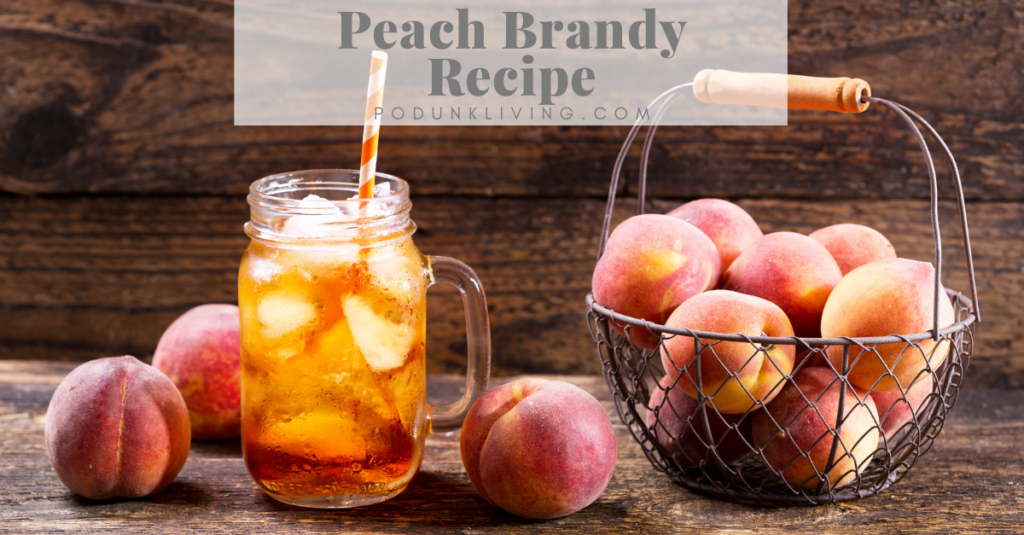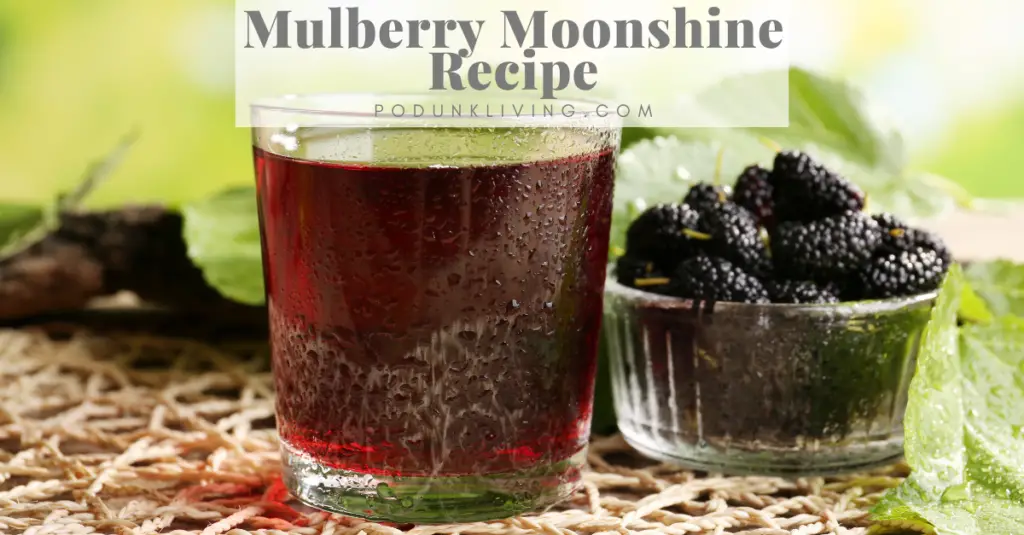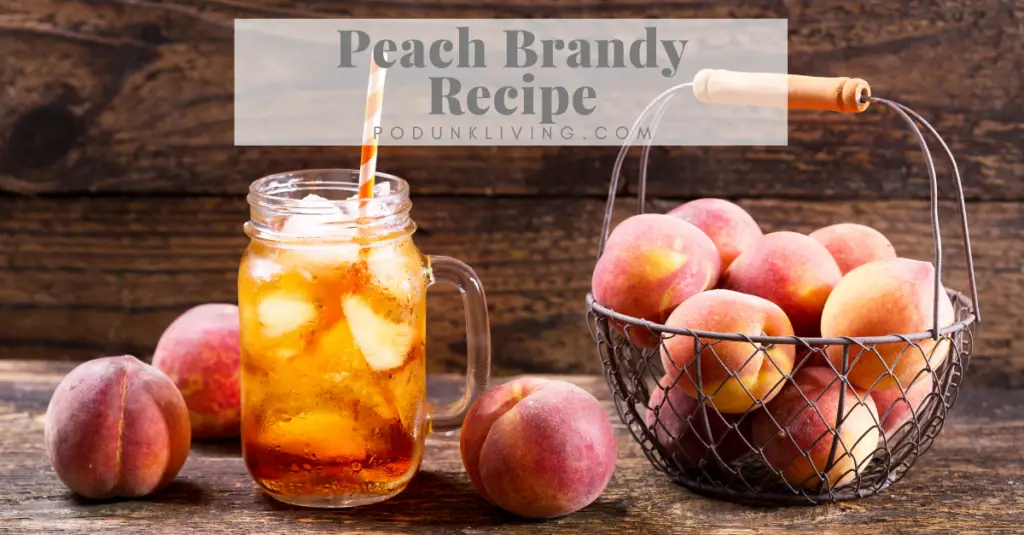Cranberry Wine Benefits
- We are all familiar with cranberry juice being consumed to prevent urinary tract infections, especially in elderly people. In fact, there was a randomized placebo-controlled study done on women aged 25-70 years with a history of frequent UTI occurrence (6 or more per year). The study found that the group consuming 200mg of cranberry extract twice per day for a duration of 12 weeks had no UTI occurrence. A follow up study occurred 2 years later, and the women who continued the cranberry extract consumption remained free from urinary tract infections for the two years. Another study on women with recurring UTIs using 400 mg of cranberry solids (about half a cranberry) for 3 months found that 70% of the women had no UTIs. A third study of hospitalized patients over 60 found that consuming 150 mL of 25% cranberry cocktail juice (5 ounces) twice a day, prevented 50% of UTIs from occurring when compared to the placebo group. This equivalates to approximately 175 cranberries per cup.
- Cranberry consumption has also been shown to benefit overall gut health. Cranberry consumption prevents H. pylori from adhering to gastric mucus in humans, expelling the bacteria from the body. One study found significantly lower levels of H. pylori infection in adults who consumed cranberry juice, than in the adults in the placebo group. So not only are there gastrointestinal health benefits from the cranberries, but also gut health benefits from the fermented fruit wine.
- Cranberry consumption is also great for cardiovascular disease. A study found that cranberry powder consumption for 12 weeks significantly lowered low density lipoprotein (LDL) and overall cholesterol, while increasing high density lipoprotein (the good HDL cholesterol), when compared to the placebo group.
- A Canadian study showed that regular cranberry juice consumption reduces risk for cancers including breast, prostate, and colon. In fact, the study reported a slowing of breast tumor cell growth with cranberry juice extract consumption.
Alcohol Content of Cranberry Wine
This homemade cranberry wine recipe yields alcohol with approximately 15% ABV. The level of alcohol depends on the type of yeast used in the recipe. Bread yeast does not survive in alcohol levels over 8%, so at 8% ABV the yeast will die, fermentation will stop, and the alcohol level will no longer rise. Brewer’s yeast will survive in alcohol levels up to 12%, so at 12% ABV the yeast will die, fermentation will stop, and alcohol levels will no longer rise. Wine and champagne yeast will survive in alcohol levels of up to 18%, so at 18% ABV the yeast will die, fermentation will stop, and alcohol levels will no longer rise. Liquors above 18% are typically distilled, which is where legality becomes an issue. Fermented homemade wines (or homemade brews) are perfectally legal to make at home.
What Cranberry Wine Tastes Like
Cranberry wine at lower alcohol levels (or higher alcohol levels but backsweetened) tends to taste like a sweet wine, like an off-dry rose or semi-sweet rose. Cranberry wine at higher alcohol levels tends to be more dry and tart, like a dry rose. Cranberry wine might also compare to Beaujolais wine. Cranberry tastes great when chilled, and is a great compliment to holiday meals. (Cranberry wine also makes great Christmas gifts!)
Cranberry Wine Ingredients
This cranberry wine recipe is set up to make 1 gallon of wine, however, you can click on the 5x box for the 5 gallon cranberry wine recipe version.
- Cranberries: It is best to use home-grown cranberries, which are free of preservatives found in store-bought cranberries. Preservatives slow or inhibit fermentation from occurring, which is needed for a longer shelf life of fresh fruit. You’ll need about 1 pound of cranberries per gallon of wine, equalling about 450 cranberries per gallon. For a 2 gallon batch of cranberry wine, you’ll need 2 pounds of cranberries (about 900 cranberries) and you can set the recipe for 2 gallons by clicking the 2x button. For a 5 gallon batch of cranberry wine, you’ll need 5 pounds of cranberries (about 2,250 cranberries) and you can set the recipe for 5 gallons by clicking the 5x button.
- Honey: Local honey is great, but you can also buy honey from a big box store. Honey will supply the nutrient and sugar for the yeast to ferment. You’ll need about 3 pounds of honey per gallon of cranberry wine.
- Yeast: For a dry tart cranberry wine, use wine or champagne yeast. For a sweet cranberry wine, use beer yeast (or backsweeten).
- Yeast Nutrient: Yeast nutrient is an optional ingredient, but it will give the yeast a better environment for fermentation.
- Potassium Sorbate (optional): Used to stabilize wine for backsweetening.
- Campden Tablets (optional): Also used to help stabilize wine for backsweetening.
Equipment Needed to Make Cranberry Wine
- 1 gallon carboy (Amazon Affiliate Link), 5 gallon carboy, or glass jar with fermenting airlock lid (Amazon Affiliate Link)
- Siphon (Amazon Affiliate Link)
- Flip top bottles (Amazon Affiliate Link), this is not needed until after 5-6 weeks of fermenting
How to Make Cranberry Wine
- Heat 1/2 gallon of water to almost boiling.
- Remove the water from the heat, stir in honey and let cool.
- Using ripe cranberries, chop, crush, or food process cranberries.
- Add diluted honey, chopped cranberries, and the remaining 1/2 gallon of cool water to the primary fermenter bucket.
- Once the mixture is less than 90 degrees Fahrenheit, add yeast and nutrient.
- Add water to the airlock, and secure the lid to the bucket. Allow the mixture to ferment for 4-6 weeks, or until fermentation stops.
After fermentation stops (in 4-6 weeks), rack the wine into a secondary carboy, leaving behind sediment and particles. Secure the airlock again, and allow it to sit for another 30 days. - If the wine is clear after 30 days, the wine can be bottled, backsweetened (optional), and aged. If the wine has particles or is cloudy, re-rack the wine into another carboy for another 30 days. Repeat this process until the wine clears.
- Once the wine remains clear 30 days after being racked, backsweeten (optional), bottle, and age.
- Wait at least 6 months to taste. Cranberry wine tastes best after aging 1 year.
- Chill cranberry wine before serving.
Cranberry wine tastes best when aged for 1 year, but is ready to drink after 6 months of aging. From start to finish, cranberry wine can take as little as 8 months from for fermenting and aging, or as long as 16 months.
How To Backsweeten Cranberry Wine
Cranberry wine can be quite tart and dry without backsweetening. For a sweeter social wine, you may also need to backsweeten the wine. Backsweetening means that honey or sugar is added after the fermentation is done and wine is stabilized. Fermentation “uses up” a lot of the sweeteners in the wine, leaving a tart and dry tasting wine. Simply adding more sugar or wine will only add more fermentation, so the wine must be stabilized first to actually sweeten the taste. In order to stabilize the wine, the wine will need to be racked (or transferred to a new carboy, removing debris and sediment). Once the wine remains clear, you can stabilize it by adding potassium sorbate. This prevents a second fermentation from occurring. Once the wine is stabilized, more sugar or honey can be added to taste.
If you wish to backsweeten, you must first rack the wine into a new carboy (this will prevent stirring up any possible sediment). Add the potassium sorbate, and let it sit for 24 hours. The next day, prepare honey by diluting it in a glass of your new wine (don’t use water). Siphon 1.25 ounces (37 mL) of wine into a tasting shotglass (Amazon affiliate link), and add a few drops of honey (keep track). Stir well and taste. Refill the empty glass and repeat this process until the desired taste. Count up the drops of honey mixture, and multiply by 5. This is how much of your diluted honey mix in mL to add to your gallon of wine. (Example: If your desired taste took 5 drops of the honey mix, you would add 25 mL of the honey mix per gallon of wine, or 50 mL for 2 gallons of wine.) Stir well, and do a final taste test, bottle, and age.
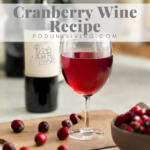
Best Cranberry Wine Recipe
Equipment
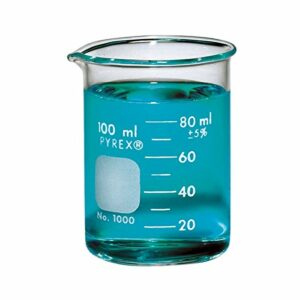
Ingredients
- 4 cups Fresh cranberries
- 4 cups Honey
- 1 Packet Wine yeast
- 1 tsp Yeast nutrient
- 1/2 tsp Potassium Sorbate (optional (for backsweetening))
- 1 pound Honey (optional (for backsweetening))
Instructions
- Heat 1/2 gallon of water to almost boiling.
- Remove the water from the heat, stir in honey and let cool.
- Using ripe cranberries, chop, crush, or food process cranberries.
- Add diluted honey, chopped cranberries, and the remaining 1/2 gallon of cool water to the primary fermenter bucket.
- Once the mixture is less than 90 degrees Fahrenheit, add yeast and nutrient. Add water to the airlock, and secure the lid to the bucket. Allow the mixture to ferment for 4-6 weeks, or until fermentation stops.
- After fermentation stops (in 4-6 weeks), rack the wine into a secondary carboy, leaving behind sediment and particles. Secure the airlock again, and allow it to sit for another 30 days.
- If wine is clear after 30 days, the wine can be bottled, backsweetened (optional), and aged. If the wine has particles or is cloudy, re-rack the wine into another carboy for another 30 days. Repeat this process until the wine clears.
- Once the wine remains clear 30 days after being racked, stabilize and backsweeten (optional), bottle, and age.
- If you wish to backsweeten, you must first rack the wine into a new carboy (this will prevent stirring up any possible sediment). Add the potassium sorbate, and let it sit for 24 hours. The next day, prepare honey by diluting it in a glass of your new wine. Siphon 1.25 ounces (37 mL) of wine into a tasting shotglass, and add a few drops of honey (keep track). Stir well and taste. Refill the empty glass and repeat this process until the desired taste. Count up the drops of honey mixture, and multiply by 5. This is how much of your diluted honey mix in mL to add to your gallon of wine. (Example: If your desired taste took 5 drops of the honey mix, you would add 25 mL of the honey mix per gallon of wine, or 50 mL for 2 gallons of wine.) Stir well, and do a final taste test, bottle, and age.
- Wait at least 6 months to taste. Cranberry wine tastes best after aged 6 months to 1 year.
- Chill cranberry wine before serving.
Cranberry Wine Substitute Recipe Options
- Ocean Spray cranberry juice wine: You can substitute cranberry juice for cranberries, just use 1 gallon (128 ounces) of preservative-free Ocean Spray cranberry cocktail juice (ascorbic acid is ok), reduce the amount of honey by half, and do not add water. Fermentation may be very strong due to the sweeteners in the fruit juice, so you might need to stir the mixture daily for the first week if it is bubbling excessively. An overly strong fermentation process can cause the wine to lose its cranberry flavor. Cranberry wine made from cranberry juice will take up to 8 weeks to ferment, and then an additional year to age totaling 14 months to drink.
- Craisins: You can also use dried cranberries to make cranberry wine. Just use 1 pound of dried cranberries per gallon of wine, or a 1:1 ratio.
- Cranberry apple wine recipe: Add 3 pounds of sliced and cored apples to the 1 gallon cranberry wine recipe (about 9 apples). For the best Apple Cranberry Wine, use sour apples like Jonathan, Winesap, Granny Smith, Braeburn, Gravenstein, McIntosh, or similar varieties. Avoid sweet apples like Delicious, Gala, Fuji, and other sweet apple varieties.
- Sugar: Sugar can be used in place of honey, use 6 cups of sugar per gallon of cranberry wine.

